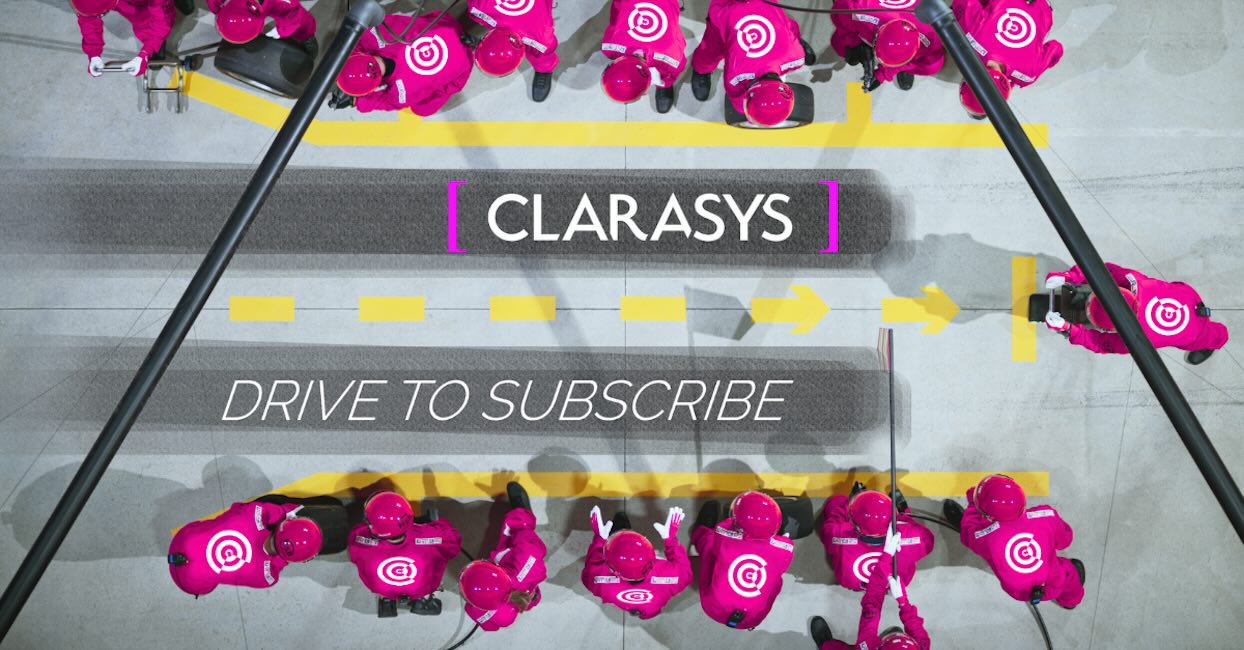To determine how quickly you can start improving CX through digital is dependent on how well you know several aspects of your business.
How quickly can you start improving CX through digital
How quickly can you start improving CX through digital
To determine how quickly you can start improving CX through digital is dependent on how well you know several aspects of your business.

To determine how quickly you can start improving CX through digital is dependent on how well you know several aspects of your business…
1. Your customers
How much do you know about what your customers think of you? Do you understand the journeys they go through and the various interactions they have with your business? Do you know how you want the customer journey to look in the future? If you don’t have a feedback loop in place and don’t have any data on what your customers are saying about you, time needs to be spent on retrieving this information and analysing the voice of the customer and their customer journeys. That way you can ensure you’re addressing their explicit needs and not guessing.
MORE: CX Talks: What does good CX look like?
2. Your current state of play
What kind of systems and processes do you have in place to support your customer journeys? Do you know how they all interact with each other and underpin the customer journey/pain points? What kind of data is held? Who needs the data? It’s important to understand your as-is architecture, data model and capability so you know what purpose each system (or even spreadsheet) might serve. It’s important not to get stuck in the weeds here, however, an understanding of what requirements systems are there for and how they fit into the process will help you understand what next steps to take with CX.
MORE: 4 key practices to manage a digital portfolio for optimum impact to CX & ROI
3. Your business’ attitude to and appetite for change
How willing is your business to disrupt the norm? Historically what has been the approach and what was the result? Is your organisation committed to changing what it needs to in order to deliver a best in class CX? If the answer is not sure, then take the time to understand how your organisation approaches change. This will help you identify if a fundamental change to this approach is required. It is also important to understand where your business has been burned before to help address concerns internally and bring employees on the journey.
The above helps you establish what the baseline of your business is and where in your organisation you can make the most difference. An organisation’s baseline can vary, but predominantly falls into several scenarios:
Scenario 1: An array of disparate systems/spreadsheets which all hold different data to varying accuracies. It takes going to lots of different spreadsheets/systems and talking to different teams to build an overall picture of the customer and their interaction with the organisation.
Scenario 2: An ageing tech stack that is not scalable or fit for purpose.
Scenario 3: A recently implemented technology that is still not meeting the organisation’s needs.
To go into each scenario a little further:
Scenario 1: An array of disparate systems
If you fall into scenario 1 and you’ve already understood the system landscape and how they interact with each other, you can quickly improve CX by introducing a pilot. Select a slice of the business to test this on, purchase a configurable out of the box solution which meets the needs several systems are trying to achieve, and pilot its use with the team. This tests if the solution is appropriate and can deliver proof of value quickly.
Scenario 2: An ageing tech stack
If you fit into scenario 2, then improving CX through digital may take a while. This does not mean it is impossible. The best approach to take is the more traditional ones which you can find here (5 dimensions of digital transformation, with CX at centre stage) and here (5 Tips to Delivering an Award-Winning CX Transformation Programme).
Scenario 3: Recently implemented technology that is not meeting needs
For scenario 3, you’re much closer to improving CX than you might think – do employees know how to report issues they’re experiencing? If not, ensure there is a clear route of feedback to ensure the recently implemented tool is being fixed to meet employees’ and customer needs. This will help build out processes that are not performing as expected or eliminate ones that are not adding value. If your solution is able to automate and hold data but you find the following is happening, then you can improve CX very quickly with your existing technology:
- Employees update status’ themselves.
- Employees send email notifications manually
- Spreadsheets are still used to hold and track data.
We’ve gone through the main scenarios encountered when looking to improve CX through digital though this is by no means an exhaustive list. How quickly you can start improving CX through digital is dependent on the current technology used within the organisation today, understanding what that CX is like, what you’d like the CX to be like in the future and determining what activities are needed to get there. While identifying this, there are a couple of considerations:
Things to keep in mind
- Avoid the weeds. You don’t need to go into every minute detail of the as-is processes to improve CX, and you have to make a decision on whether the time taken to get to the level of detail you think you need, will equal the value gained. The phrase ‘paralysis through analysis’ and the planning fallacy phenomenon exist for a reason.
- Consider your organisation’s history of solving this kind of problem. What has its success rate been? If it has failed multiple times, then it’s a sign to try something drastically different. An example we come across is businesses who do not believe technology can solve their problems – the potential approach here is to put a working proof of concept in front of them to expel this way of thinking.
- How complex are your processes? If your processes are really complex, it’s worth considering whether they need to be simplified rather than fund a digital solution to try and support this complexity.
- Data. It is important to understand where data maturity is right now and the beliefs within the organisation about data. Determine what process needs to be in place to govern data and ensure your digital solution is implemented in a way that supports this process.
- The customer. While working to improve CX it is important to always keep the customer in mind and what they need. It isn’t enough to guess what you think they might need, you will need to ensure you have some way to retrieve feedback inputs to ensure you are improving CX according to their needs.
To find out how we can help with your customer experience transformation, please get in touch.
This blog was originally written by Stephanie Helness.

